Archives
- 2025-11
- 2025-10
- 2025-09
- 2025-03
- 2025-02
- 2025-01
- 2024-12
- 2024-11
- 2024-10
- 2024-09
- 2024-08
- 2024-07
- 2024-06
- 2024-05
- 2024-04
- 2024-03
- 2024-02
- 2024-01
- 2023-12
- 2023-11
- 2023-10
- 2023-09
- 2023-08
- 2023-06
- 2023-05
- 2023-04
- 2023-03
- 2023-02
- 2023-01
- 2022-12
- 2022-11
- 2022-10
- 2022-09
- 2022-08
- 2022-07
- 2022-06
- 2022-05
- 2022-04
- 2022-03
- 2022-02
- 2022-01
- 2021-12
- 2021-11
- 2021-10
- 2021-09
- 2021-08
- 2021-07
- 2021-06
- 2021-05
- 2021-04
- 2021-03
- 2021-02
- 2021-01
- 2020-12
- 2020-11
- 2020-10
- 2020-09
- 2020-08
- 2020-07
- 2020-06
- 2020-05
- 2020-04
- 2020-03
- 2020-02
- 2020-01
- 2019-12
- 2019-11
- 2019-10
- 2019-09
- 2019-08
- 2019-07
- 2019-06
- 2018-07
-
Interestingly we have shown that OA required FFAR to induce
2021-12-09

Interestingly, we have shown that OA required FFAR4 to induce osteoblast gene expression in MC3T3-E1 pre-osteoblasts, but not to inhibit osteoclastogenesis in RAW264.7 murine macrophages. As previously suggested, FFAR1 may mediate the effects of OA in osteoclasts. However, FFAR1 has also been shown
-
In the light of the
2021-12-09
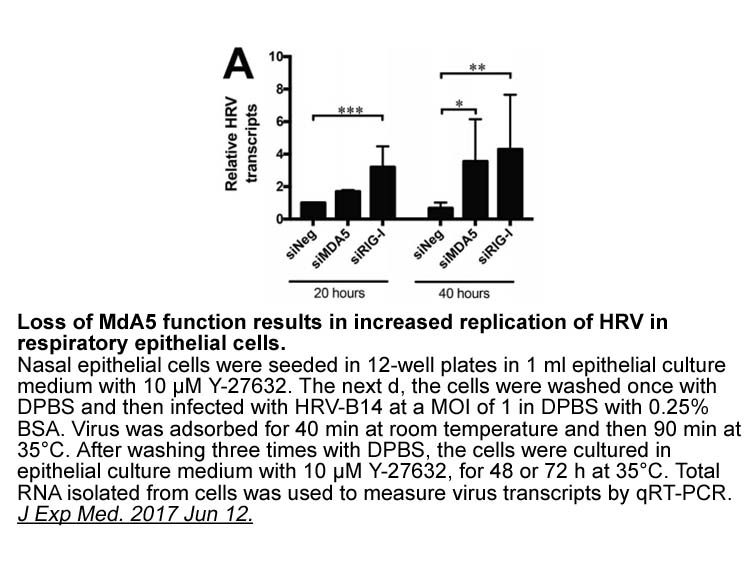
In the light of the above-mentioned considerations, it is interesting to note that the FPR-related research with regards to bias agonism did not prosper during considerably during the last decade (possible exceptions are [[8], [9], [10], [11]]. However, with new insights in receptor chemistry and fu
-
In soft agar colony formation assay transformed cells indica
2021-12-09
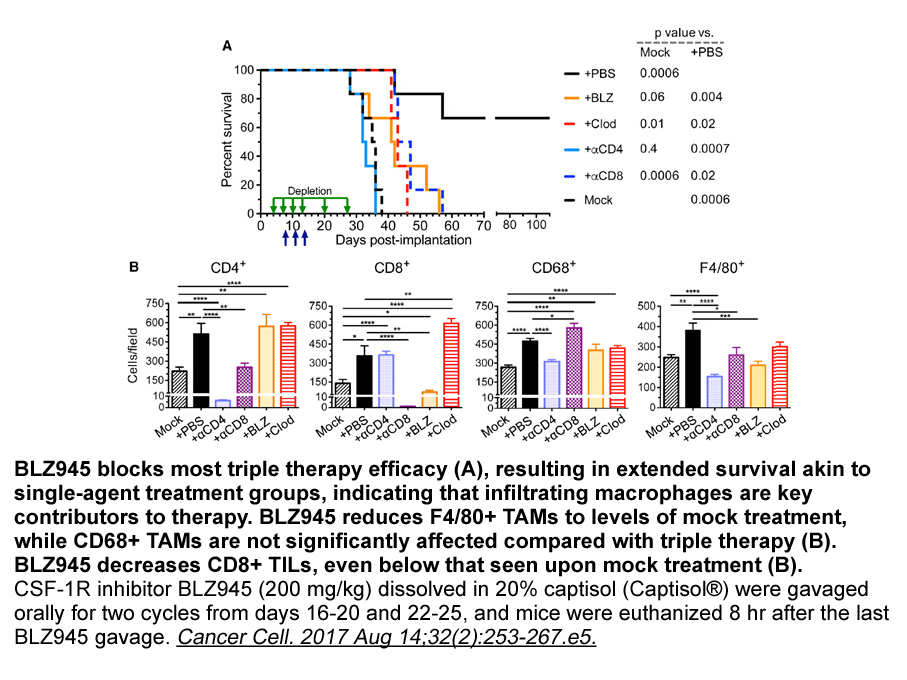
In soft agar colony formation assay, transformed gsk-3 indicate anchorage-independent growth and colony formation without attachment on the bottom of cell culture plate. This assay can investigate transformation and tumorigenic activities [24]. Our recent study showed that the long-term 5-FU treatm
-
So what makes a FFAR agonist different and interesting As
2021-12-09
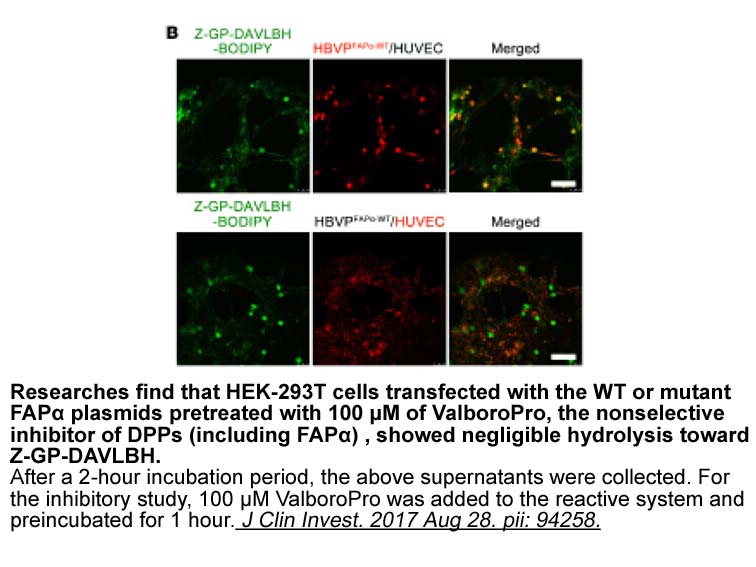
So what makes a FFAR1 agonist different and interesting? As shown in the , the cellular mechanism is different from those of present insulin-releasing pharmacotherapies—namely the secretion initiators (sulphonylureas and meglitinides) and the incretin-based secretion potentiators (glucagon-like pept
-
While earlier reports on ferroptosis did not clarify mitocho
2021-12-09
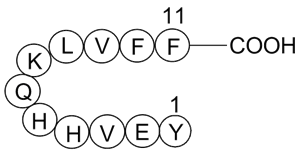
While earlier reports on ferroptosis did not clarify mitochondrial damage and consequent death signaling in this paradigm of oxidative death, evidence from recent studies in neuronal systems strongly suggested a mechanistic link between enhanced lipid peroxide formation and loss of mitochondrial int
-
EZH affects cancer by regulating the expression of target
2021-12-09

EZH2 affects cancer by regulating the expression of target genes [22]. EZH2, together with SUZ12 and EED, forms the polycomb repressive complex 2 (PRC2), which catalyzes trimethylation of histone H3 lysine 27 (H3K27me3) [23,24]. PRC2 may recruit other polycomb complexes, DNA methyltransferases, and
-
br Acknowledgements br Insulin is a vital peptide hormone
2021-12-09

Acknowledgements Insulin is a vital peptide hormone with the exclusive capacity to regulate the blood glucose that entirely is secreting from pancreatic β cells (Kasai et al., 2014). The human insulin comprises 51 amino LY2784544 residues, with a molecular mass of 5.808 kDa. INS, responsible f
-
br Characterization of quantal exocytosis
2021-12-09
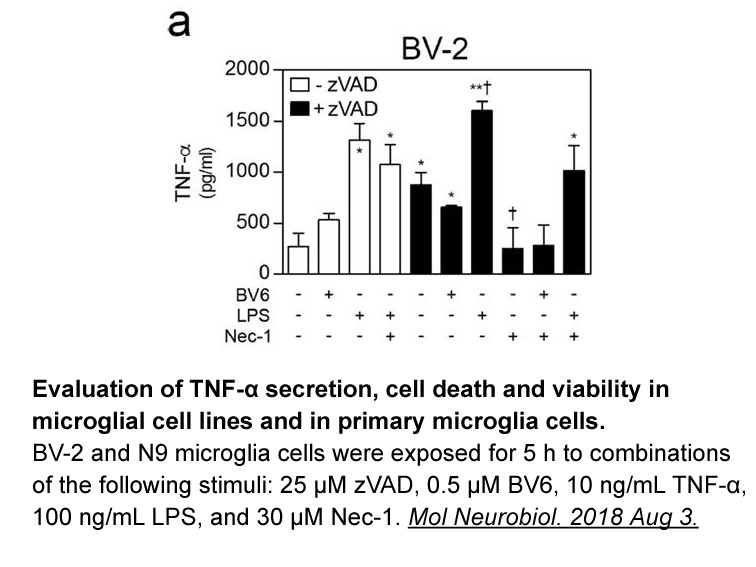
Characterization of quantal exocytosis by amperometry A secretory vesicle experiences four phases during exocytosis: (i) cargo packaging & translocation, (ii) vesicle docking & priming; (iii) fusion pore formation; (iv) fusion pore expansion and cargo secretion (Fig. 1a). The release of monoamine
-
To validate the effects of the
2021-12-09

To validate the effects of the G9a HMT inhibitors on HMEC-1 SynaptoRedTM C2 and transcriptional responses we generated knockdown cells for G9a using an shRNA approach. Upon transduction of HMEC-1 and doxycycline activation of the shRNA, both G9a HMT mRNA and protein expression were effectively decr
-
PD128907 HCl receptor It was speculated that could affect th
2021-12-08
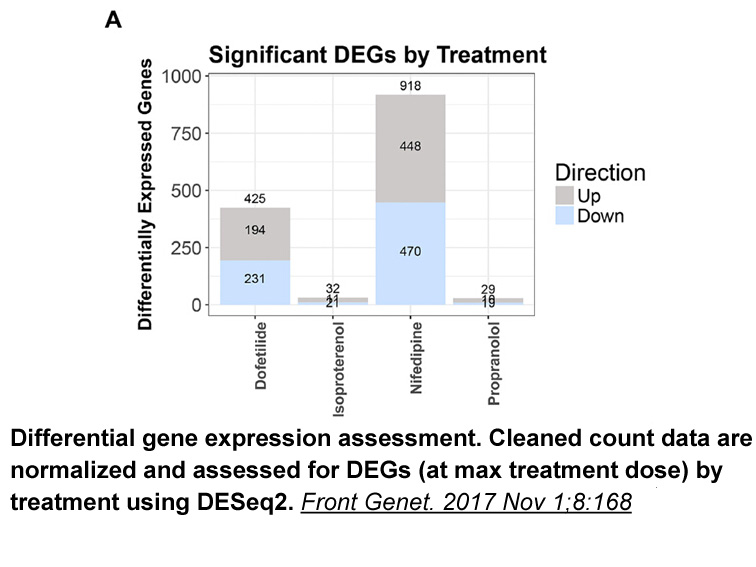
It was speculated that could affect the protein translation or processing in the HCV replication cycle. The viral protein processing was thus investigated, to establish whether the HCV inhibition was determining an increased amount of unprocessed polyprotein, due to a block in the processing, or a
-
The stud http www apexbt com media diy images wb
2021-12-08
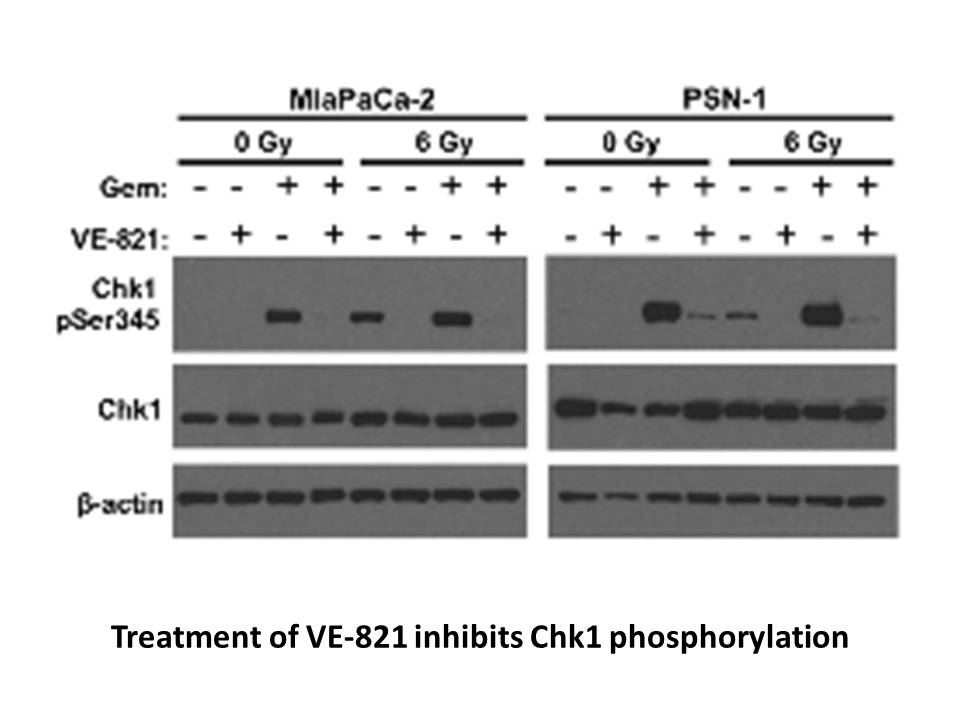
The study was supported by Science Foundation for the Youth Scholars of Hubei Provincial Department of Education for Science and technology research program (No.: Q2017007). Introduction Chlorpyrifos is an organophosphate (OP) insecticide widely used in a variety of food crops to control a great
-
The imidazopyridines and related imidazopyrimidines
2021-12-08

The imidazopyridines and related imidazopyrimidines – and – were constructed from the key amine intermediates – ( X=CH and Ar=2-FPh, X=N and Ar=2-FPh, X=CH and Ar=5-pyrimidine, X=CH and Ar=2-methyl-5-pyrimidine, and X=CF and Ar=2-methyl-5-pyrimidine). These were synthesized a modified Horner–Em
-
As more genes were identified to cause
2021-12-08
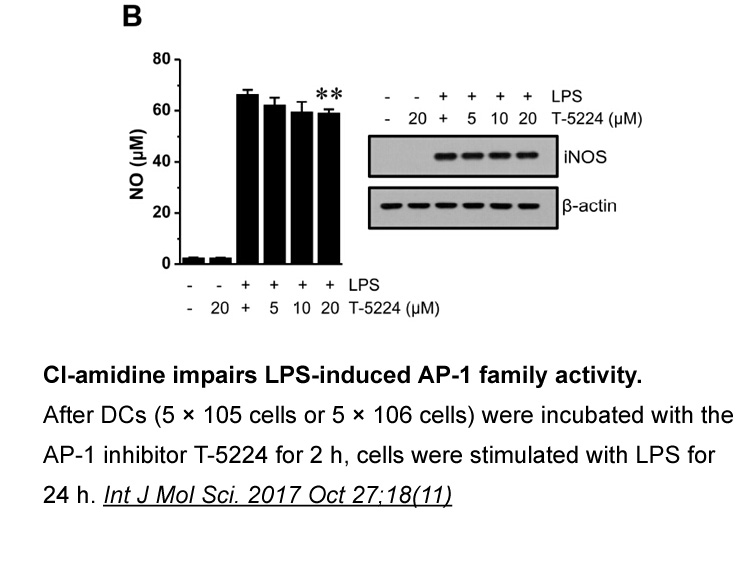
As more genes were identified to cause IRDs, a relatively large proportion were found to either cause multiple phenotypes or multiple inheritance patterns. Out of the 112 autosomal genes that are listed in RETNET (as of July 22, 2016) that are known to cause non-syndromic IRDs (RP, LCA, and CRD), 16
-
br RNA preparation cDNA synthesis
2021-12-08

RNA preparation, cDNA synthesis and RT-PCR Trizol reagent (Invitrogen, Carlsbad, CA, USA) was used to extract total RNA from tissues according to the manufacturer’s protocol and isolated RNA quantity was determined by UV spectrophotometry (Nanodrop, Thermo Scientific, USA) and RNA integrity was v
-
br The glycine transporter GlyT was originally identified as
2021-12-08
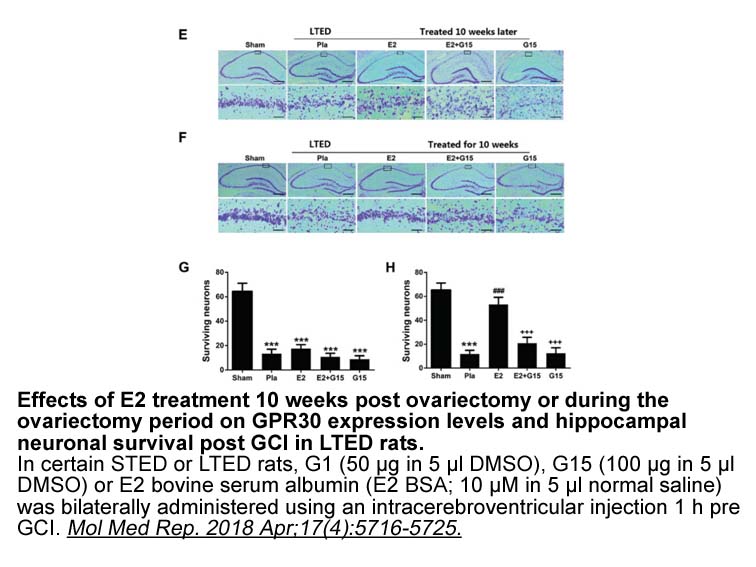
The glycine transporter 1 (GlyT1) was originally identified as a member of the solute carrier family 6 of sodium- and chloride-dependent neurotransmitter transporters . GlyT1 is expressed in the central nervous system and in peripheral tissues; mainly in erythroid cells, from erythroblasts in the
15191 records 535/1013 page Previous Next First page 上5页 531532533534535 下5页 Last page